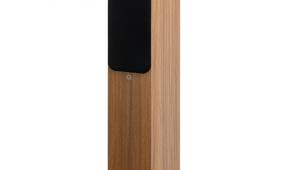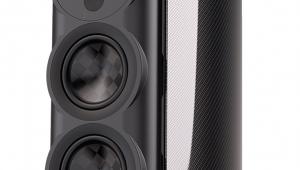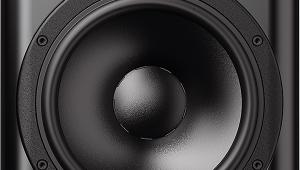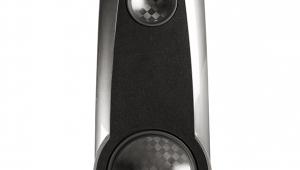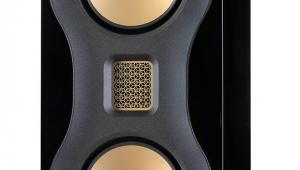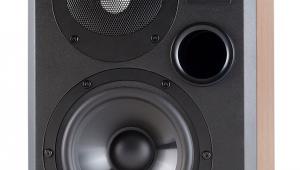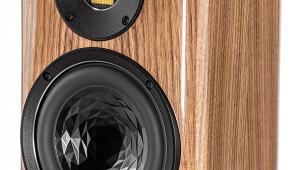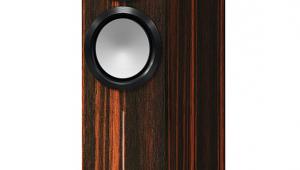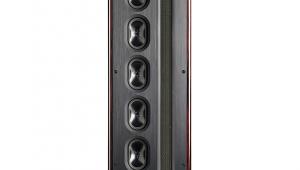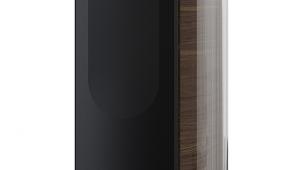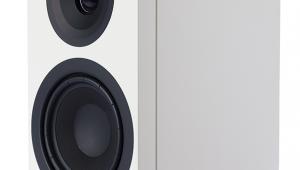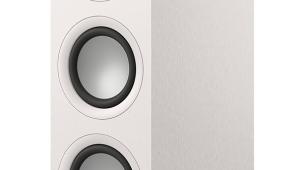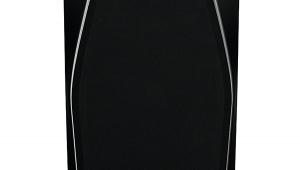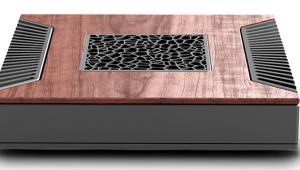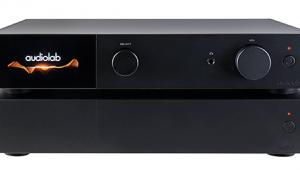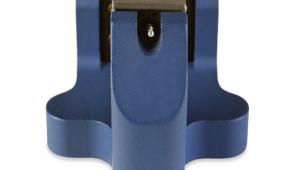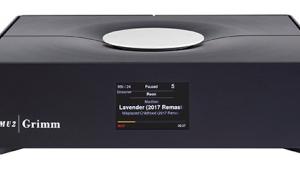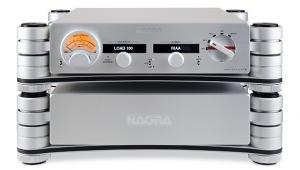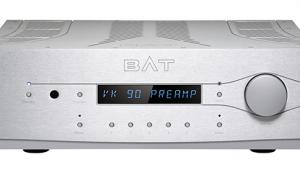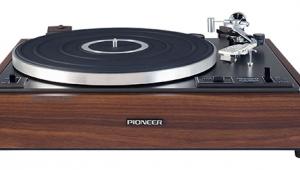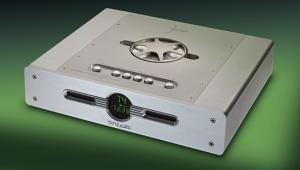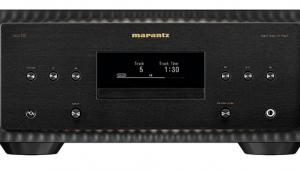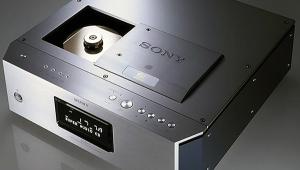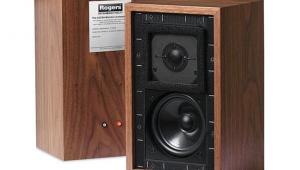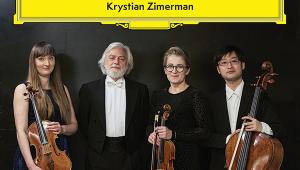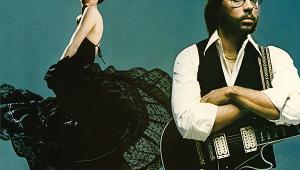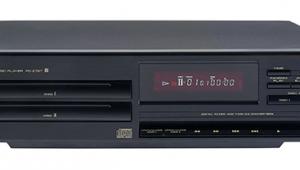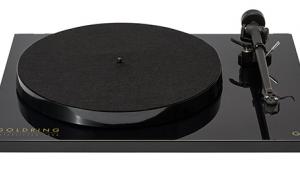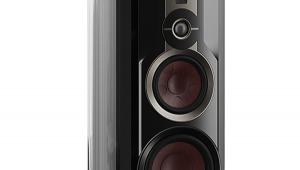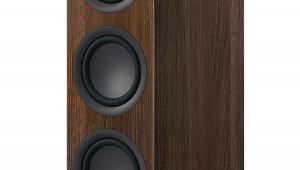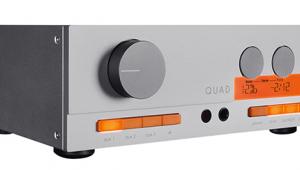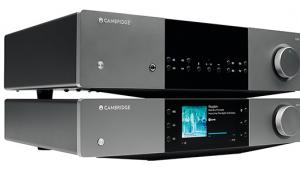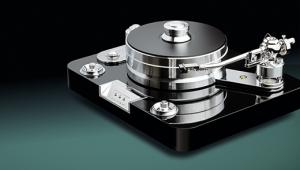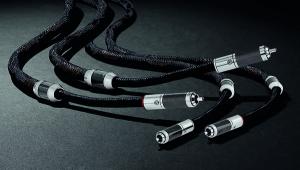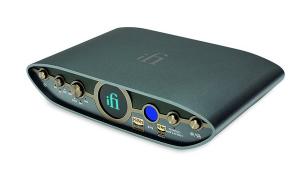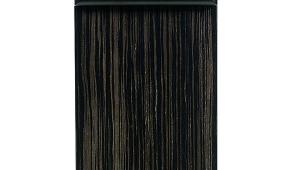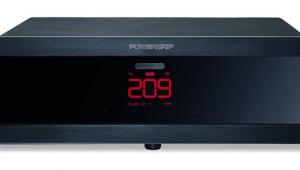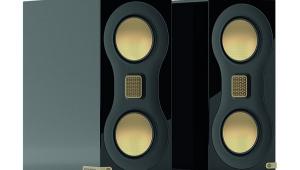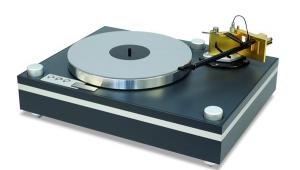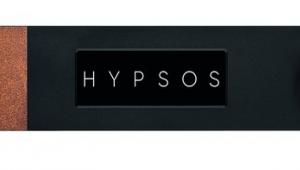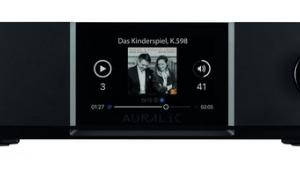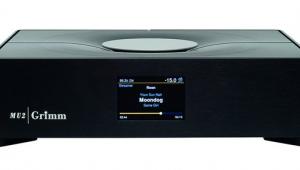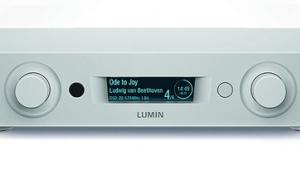Canton Reference 3 loudspeaker
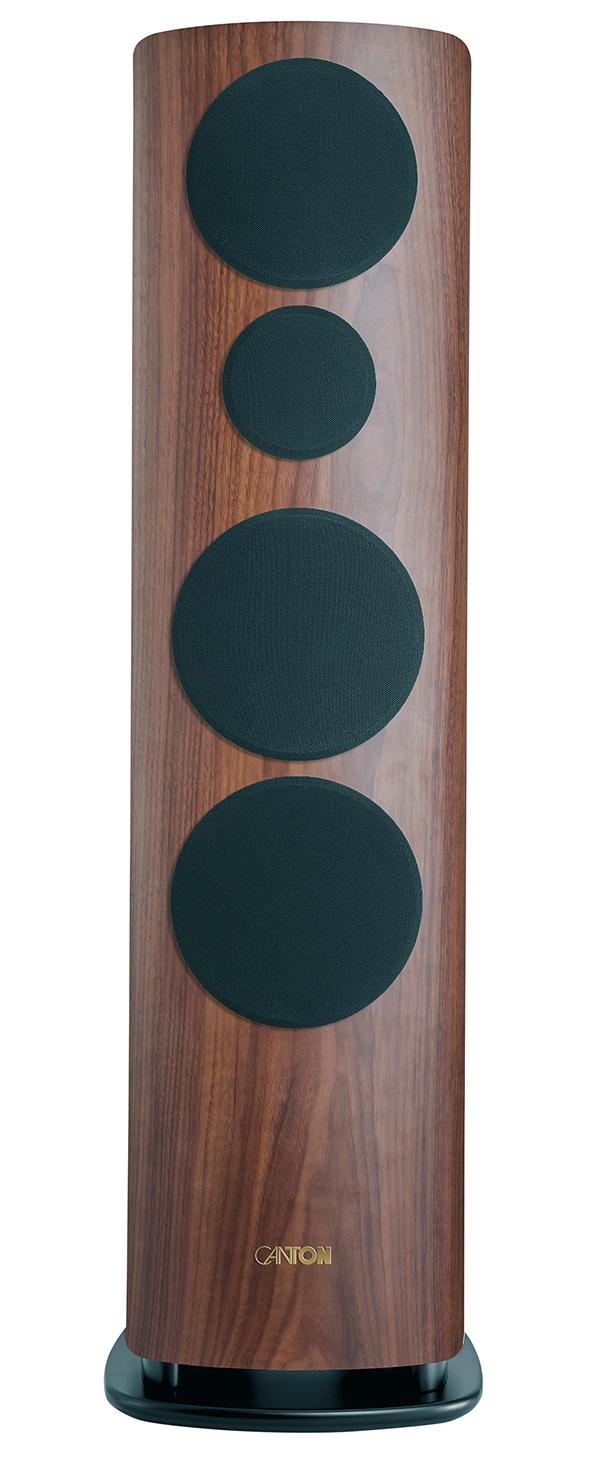

First seen at High End Munich in 2023, Canton’s Reference range brought a major renewal to the flagship offering of Germany’s largest loudspeaker brand. Introducing a new design aesthetic, with a rounded lute-shape cabinet profile made popular by Sonus faber many years ago, and integrating new drivers, it heralded a major course change from the previous Reference K generation [HFN May & Aug ’22]. Yet Canton’s penchant for sprawling ranges has not changed, so the Reference series contains no fewer than eight models – and that’s not counting the exclusive GS edition, nor the two Alpha models revealed at Munich in 2024 [see boxout].
It’s also ‘on brand’ that there are many floorstanding options, the Reference 9 [HFN Jan ’25] being the only standmount. As we saw when testing the £6250 Reference 7 [HFN Sep ’24], the Reference series spans a very broad price range, competing with the likes of Bowers & Wilkins’ 700 S3 series [HFN Sep 23, Feb ’24] and KEF’s R Meta lineup [HFN Sep ’23 & Jan ’24], plus B&W’s 800 D4 [HFN Jun & May 23, and Aug ’24] and KEF’s Reference range [HFN Jun ’23]. It’s an ambitious approach, considering all Canton’s models use the same base technology.
Similar siblings
The £12,799 Reference 3 sits smack bang in the middle of the lineup, flanked on the affordable side by the Reference 5 and 7, and with the Reference 2 and 1 as upmarket options. What is remarkable is that these five floorstanders are very similar in design, ‘merely’ growing in cabinet dimensions and increasing the size of the midrange and two woofers. Indeed, the Reference 1 is the sole model to employ a triple bass unit configuration.
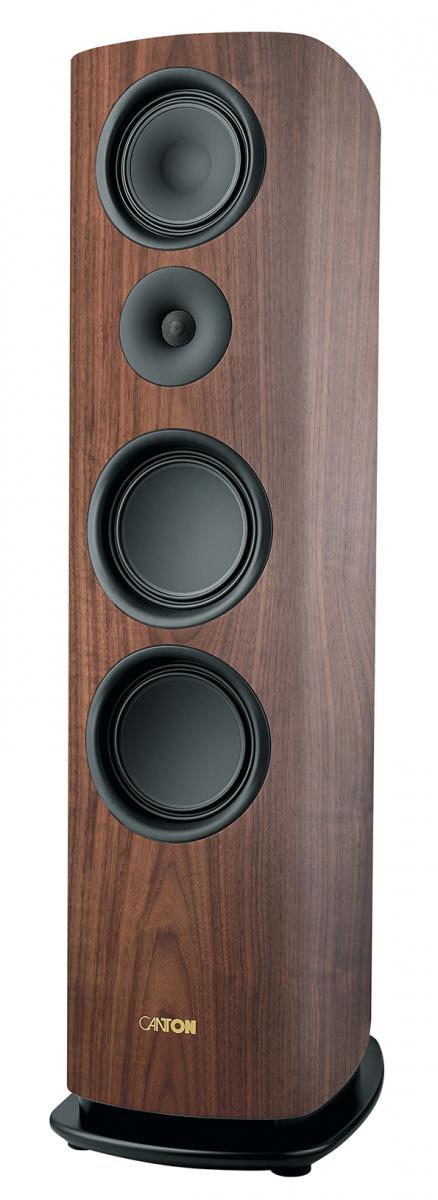
You’ll find the same 25mm ceramic-stiffened aluminium tweeter on all Reference speakers with, typically, the midrange driver situated above. The same 174mm unit with a wave surround makes an appearance on the top four models, including the Reference 3. The cones of the midrange drivers and woofers utilise Canton’s ‘black ceramic tungsten’, the surface of the alloy cone treated to form a tungsten-containing ceramic top-layer. The end goal here is to increase stiffness while retaining the low moving mass.
Beauty contest
The speaker’s curved baffle incorporates these pitch-black drivers without obvious fixings – if there’s one thing Canton excels at, it’s fit and finish. The piano-like gloss of the black cabinet option is made possible by ‘wet’ applying 12 layers of varnish, and it looks beautiful, provided you don’t mind the frequent dusting! Otherwise, Canton has replaced the high gloss white colourway of the Reference K predecessors with a more modern-looking satin white that contrasts strikingly with the all-black drivers and base. The satin Walnut finish, pictured here, is offered at a £500 premium.
First seen at High End Munich in 2023, Canton’s Reference range brought a major renewal to the flagship offering of Germany’s largest loudspeaker brand. Introducing a new design aesthetic, with a rounded lute-shape cabinet profile made popular by Sonus faber many years ago, and integrating new drivers, it heralded a major course change from the previous Reference K generation [HFN May & Aug ’22]. Yet Canton’s penchant for sprawling ranges has not changed, so the Reference series contains no fewer than eight models – and that’s not counting the exclusive GS edition, nor the two Alpha models revealed at Munich in 2024 [see boxout].
It’s also ‘on brand’ that there are many floorstanding options, the Reference 9 [HFN Jan ’25] being the only standmount. As we saw when testing the £6250 Reference 7 [HFN Sep ’24], the Reference series spans a very broad price range, competing with the likes of Bowers & Wilkins’ 700 S3 series [HFN Sep 23, Feb ’24] and KEF’s R Meta lineup [HFN Sep ’23 & Jan ’24], plus B&W’s 800 D4 [HFN Jun & May 23, and Aug ’24] and KEF’s Reference range [HFN Jun ’23]. It’s an ambitious approach, considering all Canton’s models use the same base technology.
Similar siblings
The £12,799 Reference 3 sits smack bang in the middle of the lineup, flanked on the affordable side by the Reference 5 and 7, and with the Reference 2 and 1 as upmarket options. What is remarkable is that these five floorstanders are very similar in design, ‘merely’ growing in cabinet dimensions and increasing the size of the midrange and two woofers. Indeed, the Reference 1 is the sole model to employ a triple bass unit configuration.
You’ll find the same 25mm ceramic-stiffened aluminium tweeter on all Reference speakers with, typically, the midrange driver situated above. The same 174mm unit with a wave surround makes an appearance on the top four models, including the Reference 3. The cones of the midrange drivers and woofers utilise Canton’s ‘black ceramic tungsten’, the surface of the alloy cone treated to form a tungsten-containing ceramic top-layer. The end goal here is to increase stiffness while retaining the low moving mass.
Beauty contest
The speaker’s curved baffle incorporates these pitch-black drivers without obvious fixings – if there’s one thing Canton excels at, it’s fit and finish. The piano-like gloss of the black cabinet option is made possible by ‘wet’ applying 12 layers of varnish, and it looks beautiful, provided you don’t mind the frequent dusting! Otherwise, Canton has replaced the high gloss white colourway of the Reference K predecessors with a more modern-looking satin white that contrasts strikingly with the all-black drivers and base. The satin Walnut finish, pictured here, is offered at a £500 premium.
The Reference 3’s downfiring bass reflex port aids in positioning, allowing for placement closer to walls. Its visual integration is particularly smart in the white and walnut models, the cabinet appearing suspended above the black plinth, while the upward sweep of the rear enhances the speaker’s streamlined profile. The plinth serves a practical function (aside from stabilising the cabinet) in ensuring the port itself is not impeded by a thick carpet. Note, though, that while it looks slender, Canton’s Reference 3 weighs in at 42kg and stands 109cm tall, making it a decent-sized speaker intended for larger rooms.
At the rear there are two pairs of large WBT binding posts [see p79], allowing for bi-amping/wiring, and some familiar tweaking options. By moving a bridge between three connectors you can increase or decrease the output of the midrange and tweeter by a specified ±1.5dB [see PM's Lab Report].
![]() Warm embrace
Warm embrace
Delivering music in an engrossing manner, full-bodied and with a sense of gravitas, is something each Canton Reference speaker I’ve tested has excelled at. The Reference 3 doesn’t break the mould in that regard, offering fine high-frequency detail and palpable but controlled bass, with a warmer, slightly recessed midrange adding a dollop of intimacy to the proceedings.
This trait is especially noticeable on recordings that explicitly try to recreate that late-night, small club ambience, such as the entertaining Dreams And Daggers from Cécile McLorin Salvant [Mack Avenue Records, 96kHz/24-bit download]. Listening to her cover of Noël Coward’s ‘About A Boy’ or the playful ‘Sam Jones Blues’, I often felt like leaning ‘into’ the performance, enticed by the dark richness on offer.
With a Meitner MA3 network-attached DAC [HFN Sep ’21] as source and a T+A PA 3100 HV amplifier [HFN May ’17] playing the role of powerhouse, the Canton Reference 3s created a soundstage that was layered but not expansive to the extremes. A tad dense then, but not lacking in depth beyond the speakers nor short on delivering realistic sound imagery.
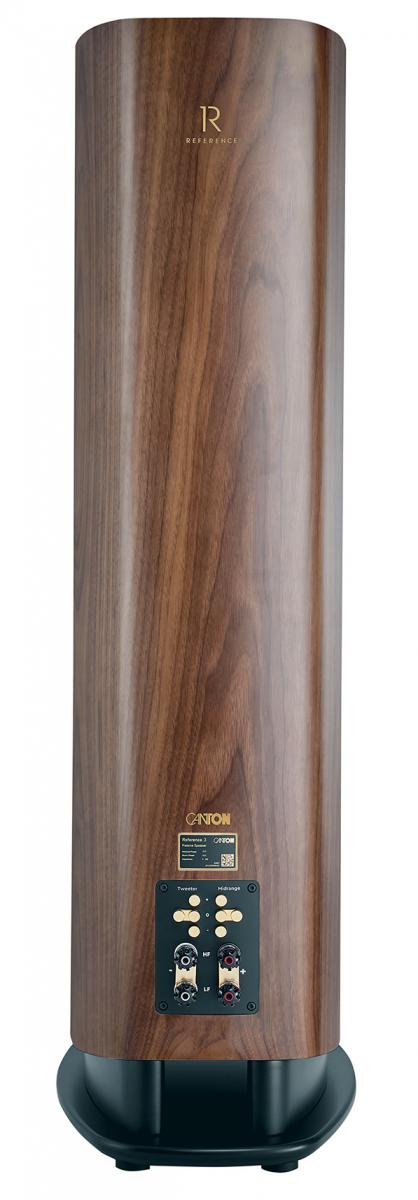
Anyone who regularly visits hi-fi shows probably has heard enough of London Grammar’s ‘Hey Now’ [If You Wait; MADART1] to last a lifetime, but overdose aside, it remains a valuable track for auditioning speakers. The Reference 3s passed the audiophile equivalent of a driving exam with flying colours, placing the voice of Hannah Reid distinctly separate from the speakers and effectively recreating the song’s spacious sound. Deep bass notes sounded a bit more constrained than expected, but the fact I listened to this track three times in a row reflects on how well Canton’s speakers played it.
Hard-hitting
‘New Orleans’, the opener of Sarah McCoy’s Blood Siren [Blue Note 60025 6768576; 48kHz/24-bit], suited the Reference 3s even better, with its piano runs presented with loads of grain and force. There’s a thick, menacing feel to this song, and when McCoy bangs the piano keys, the textures offered up by Canton’s Reference 3s strengthened the impression that the instrument suffered a real tough life. When the track flows seamlessly into the opening ‘If I could catch you...’ line of ‘Boogieman’, the speakers handled the positioning of her looming voice so well, it appeared as if McCoy was stood to the right, close-by. It was the kind of listening moment that thrills.
Bass wasn’t lacking when I tested the Reference 7, which contributed to that speaker’s general fun factor when listening to electronic and orchestral works. As the Reference 3 is essentially a larger version of those speakers, hopes were that they would offer more of the same.
And they do, although I would characterise the low-end as being a bit looser than the very controlled Reference 7. This never annoyed, but was occasionally noticeable, for example the slightly booming drum kit on the outstanding Woody Guthrie interpretations of Billy Bragg and Wilco’s Mermaid Avenue Vol.1 album [Elektra 7559-62204-2].
Turning up the volume with the Reference 3s is encouraged, as they handle dynamic moments well, not compressing the sound when things get larger-than-life. Listening to big set-pieces and grand orchestral movements was always rewarding, reinforcing the impression that this is exactly what the speakers were designed to do. Case in point, after coasting along with the windswept sounds of Hans Zimmer’s ‘Beginnings Are Such Delicate Times’ [Dune: Part Two; WaterTower Music digital download; 48kHz/24-bit], the Reference 3s effortlessly shifted into a higher gear when the composer added his trademark percussion – with the dial turned to ‘epic’ as per usual.
Heroic hi-fi
Yes, Zimmer regularly performs this same party trick, and it can become tiring if you hear too many of his compositions. But there’s no denying he’s effective at evocating a certain heroic mood, which suited these Canton floorstanders just fine.
He goes even more over the top in ‘Chevaliers de Sangreal’ from The Da Vinci Code [...Live In Prague; EDGCD670; 48kHz/24-bit]. With Rusanda Panfili’s violin located centre stage, the subtle singing of the low-key choir in the distance ensures heart strings are pulled. Again, without opting for an airiness that might alienate, Canton’s Reference 3s placed the listener in a good seat at the concert hall, just in front of the mixing desk. And there are far worse places to be!
Hi-Fi News Verdict
Complementing other Canton Reference models, the Reference 3s also deliver a very engaging listening experience marrying controlled, substantial bass with warmth and convincing levels of detail. Soundstaging is not as immersive as it might be, but the musical ride is still potent, tactile and emotionally convincing. All this while letting you savour the softer look and superb finish of Canton’s new Reference lineup.
Sound Quality: 85%
